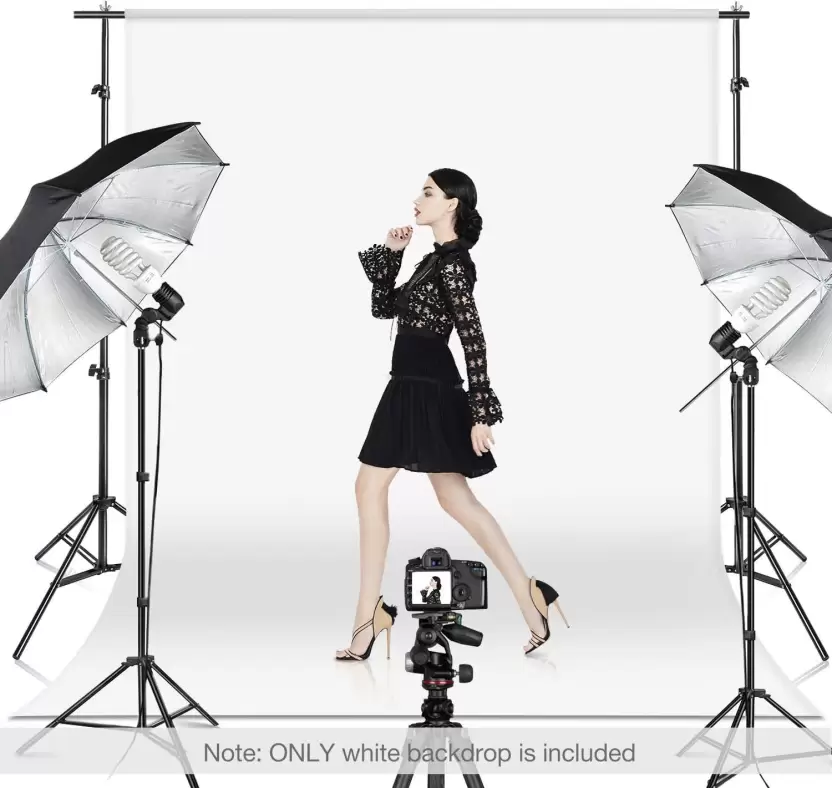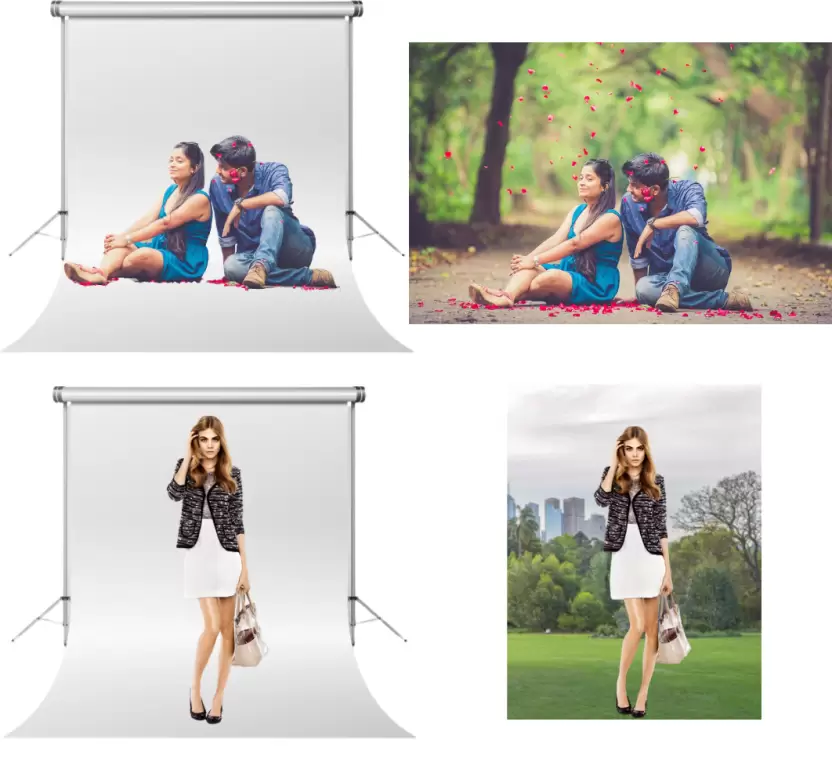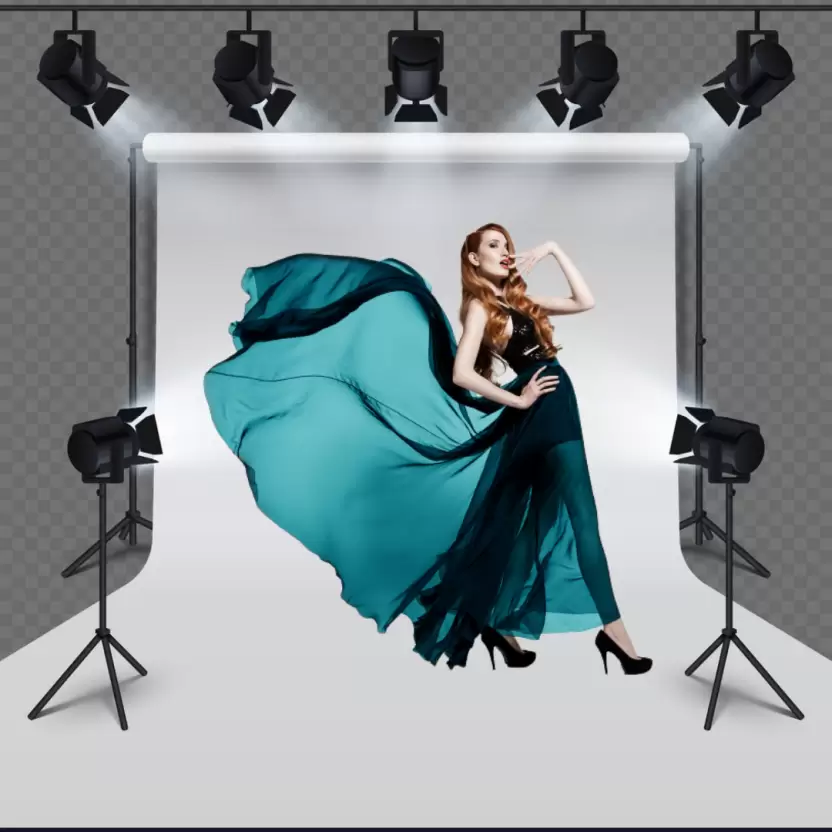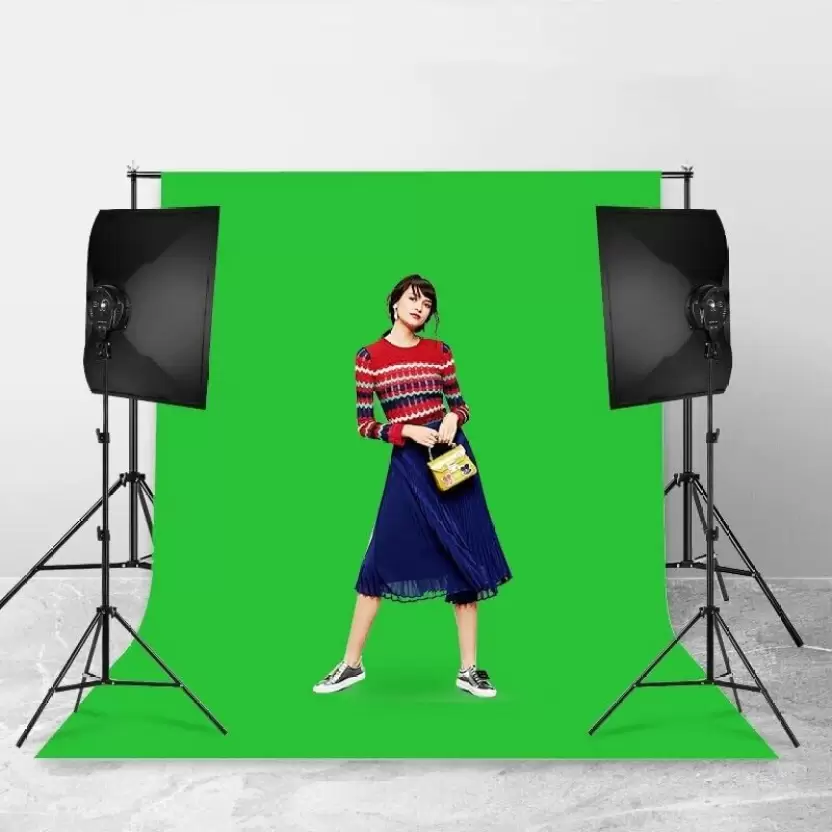Introduction the Impact of a White Background for Pictures
The Importance of Backgrounds in Photography
In photography, what’s behind your subject matters a lot. Backgrounds aren’t just there; they tell part of the story in a picture. They guide where people look and affect how a photo feels. They’re pretty important!
Introducing the Plain, White Canvas
Let’s talk about using a simple, white background. This plain white canvas does something cool—it makes your subject stand out. It helps remove distractions, so all the attention is on what you want people to see.
The Power of Simplicity
Picking a white background isn’t just about keeping things simple. It’s about making your subject shine. It’s like a spotlight on a stage. It grabs your eyes and says, “Hey, look here!”
Unveiling the White Canvas’s Magic
This journey is about exploring why a plain white background matters in photography. It’s simple, but it can change how your pictures feel. It’s about using simplicity to create photos that speak volumes.


Understanding the Effectiveness of a White Background for Pictures
The Psychology Behind a Uniform, White Setting
Let’s talk about why a plain, white background works like magic in photos. Ever notice how white feels clean and simple? That’s the secret—it’s like a clean slate for your eyes. It feels fresh and doesn’t steal attention from what’s in the picture.
How a Consistent, Plain Background Makes Subjects Stand Out
Now, imagine your subject on this clean, white canvas. It’s like putting a spotlight on them. With nothing else to grab attention, your eyes go straight to what’s important—the subject. That’s the beauty of a white background—it directs all focus on your subject.
Enhancing Visual Focus with Simplicity
Using a white background isn’t just about simplicity; it’s about making your subject the hero. It helps viewers see every detail without distractions. It’s like creating a stage where your subject is the star of the show.
Techniques for Achieving a Flawless White Setting for Pictures
Mastering Lighting Strategies
Lighting plays a big role in creating a smooth, white backdrop. Here’s the deal: you need soft, even light to make the background look clean and bright. Try diffusing light sources or using umbrellas or softboxes to spread light evenly. Avoid harsh shadows that can spoil that pristine white effect.
Choosing the Right Materials and Setups
Materials matter! When you’re aiming for that perfect white look, opt for materials that don’t reflect light unevenly or cast shadows. A seamless white paper roll or a cloth stretched out evenly can work wonders. Keep it smooth and wrinkle-free for that flawless finish.
Post-Processing for a Uniform White Setting
Sometimes, the magic happens after you’ve taken the shot. Post-processing tools can help achieve that uniform white look. Adjusting exposure, highlights, and contrast can help eliminate any imperfections, making your white background pop.


Applications and Advantages of Using a White Background for Pictures
Enhancing Product Presentations in Photography
When it comes to showing off products, a white background works wonders. It’s like a clean canvas that makes the product stand out. Whether it’s a gadget, a piece of clothing, or any item for sale, a white background lets the product take center stage. It’s simple, professional, and helps customers focus on what’s being showcased without distractions.
Effectiveness of a White Setting in Portrait Photography
In portrait photography, a white background can be a game-changer. It creates a timeless and classic look and puts the entire focus on the person. Whether it’s for professional headshots or capturing personal moments, a plain, white background brings out the subject’s features and emotions. It’s like capturing a moment in its purest form.
Artistic Expressions with a Uniform, White Background
But it’s not just about simplicity. A white background offers a playground for creativity. Artists and photographers use it as a blank canvas. They add colors, textures, or manipulate the light to create unique effects. It’s like starting with a clean slate and letting imagination run wild. From minimalistic to bold and artistic, a white background becomes a versatile tool for creative expression.
Utilizing a White Background for Pictures in Different Environments
Studio Photography and Controlled Settings for a Uniform White Canvas
Studio photography offers a controlled environment. It’s like a blank canvas waiting for your creation. Here, achieving a consistent white background is more manageable. You control the lighting, the space—it’s your realm.
Overcoming Challenges of Maintaining a Consistent White Backdrop in Various Locations
Now, taking that white backdrop out into different settings? That’s where challenges pop up. Outdoor shoots or on-location setups can throw curveballs—natural light changes, space constraints, or unexpected shadows.
But fear not! There are tricks to maintain that uniform white backdrop. From adjusting your camera settings to manipulating available light sources, understanding these challenges and knowing how to tackle them is key.
Overcoming Challenges and Common Mistakes When Working with a White Background
Dealing with Shadows and Uneven Lighting
Shadows can sneak into your pictures when using a white background. They mess with that clean, seamless look you want. Uneven lighting? That’s another challenge. It can make your white background appear patchy or discolored.
Strategies to Tackle Shadows and Lighting Issues:
Lighting Control: Make sure your lighting is even across the backdrop. Adjust the intensity or position of lights to iron out shadows.
Diffusion: Use diffusers or softboxes to spread light evenly, reducing harsh shadows and preventing uneven lighting.
Handling Imperfections on the White Setting
Imperfections are sneaky too. Tiny marks, wrinkles, or stains on your white backdrop can distract from your subject. They ruin that flawless look you’re after.
Strategies for Rectifying Common Errors:
Ironing or Steaming: Smooth out wrinkles or creases by using an iron or steamer before your shoot. A smooth backdrop is key to a clean look.
Backdrop Replacement: When imperfections are too stubborn, consider replacing the backdrop digitally or physically. Editing tools can help fix small issues digitally.
Ensuring Consistency for a Flawless White Background
Consistency matters. If your white background isn’t uniform across the frame, it can be distracting. A patchy or differently shaded backdrop steals attention from your subject.
Strategies for Maintaining Consistency:
Backdrop Material: Choose a durable material that’s resistant to discoloration or staining. This ensures a consistent look over time.
Regular Checks: Inspect your backdrop before each shoot. Clean it if needed and ensure it’s evenly lit to maintain a uniform white appearance.


Tips for Selecting the Perfect White Background Setting
When picking a white background, think about the material. There are many options—cloth, paper, vinyl, and more. Each has its vibe. Cloth might give a softer feel, while paper might be crisper. Vinyl could be easier to clean. Consider what suits your style and the look you want.
Factor in Your Purpose
What’s the backdrop for? Is it for portraits, product photography, or artistic shots? Each purpose might need a different kind of white setting. For instance, a matte surface works well for portraits, while a glossy one might make products pop.
Mind the Space and Size
How much room do you have? Some backdrops need space, while others work fine in smaller areas. Also, think about size. You might need a big backdrop for full-body shots but a smaller one for headshots or small products.
Lighting and Consistency
Lights play a big role in making a white background look clean and consistent. The type of lighting you use affects how the white backdrop appears in your photos. Ensure even lighting to avoid shadows or uneven spots.
Ease of Use and Maintenance
Its very easy to set up and maintain. Some materials might crease easily or get dirty faster. If you need a backdrop that’s hassle-free, durability and ease of cleaning become important factors.
Budget and Reusability
Think about your budget. Some materials might cost more upfront but last longer or be reusable. Consider whether it’s a one-time use or if you’ll be using the backdrop regularly.
Test and Experiment
Lastly, don’t be afraid to try different options. Sometimes what looks good in person might not translate well in photos. Experimenting helps find what works best for your specific needs.
Case Studies and Examples Demonstrating the Power of a White Background for Pictures
Product Photography: Showcasing Details with Clarity
Consider online shopping sites. Ever noticed how products stand out? That’s the magic of a white background. When a camera captures a product against a clean, white backdrop, it highlights every detail.
Portraits: Bringing Focus to Faces
Think of those headshots or family photos where people stand out. That’s often with a white background. It’s like framing a person’s story. The simplicity allows their expressions and personality to shine. It’s all about saying, “This is about you, no distractions.”
Artistic Endeavors: Creativity Unleashed
Artists sometimes use a white background as their canvas. It’s not just for clean shots—it’s a playground for imagination. The blankness invites colors, shapes, and ideas to pop. It’s like saying, “Let’s create something amazing here!”
E-commerce Giants: The Power of Consistency
Ever scrolled through a site where all products have the same white background? It’s intentional. That uniformity helps focus on the items. It’s like the store saying, “We want you to see each product clearly, no distractions.”
Social Media Influence: Catching the Eye
Check out influencers’ feeds. Often, a striking photo against a white background grabs attention. It’s like a magnet for scrolling thumbs. The simplicity makes the subject pop, saying, “Pause and take a look!”


Frequently Asked Questions (FAQs)
1. How to take pictures for eBay and Amazon with a white background?
Taking photos for eBay or Amazon with a white background is simpler than you might think. First, set up a well-lit area with a plain white backdrop, ensuring it’s evenly lit to avoid shadows. Position your product in the center and take photos from multiple angles, ensuring clarity and focus. You can use natural light or softbox lighting for better results.
2. Can I use a white background for Zoom meetings?
Absolutely! Using a white background for Zoom meetings can provide a clean and professional look. You can use a physical white backdrop or utilize Zoom’s virtual background feature to set a white backdrop. Just ensure proper lighting to avoid any glares or shadows.
3. Why do we use a white background for product photography?
A white background in product photography helps the product stand out and gives a professional and consistent look. It eliminates distractions, focuses attention on the product, and makes it easier to edit or add to catalogs or websites.
4. How to remove a white background in Photoshop?
Removing a white background in Photoshop is straightforward. You can use the Magic Wand or Quick Selection Tool to select the white area and then delete it or use the Layer Mask tool to make the background transparent. There are also dedicated tools like the Background Eraser tool or refine edge functions for more precise removal.
5. Where can I download a white background for Instagram for free?
There are various websites offering free white backgrounds for download. Some popular platforms include Unsplash, Pixabay, or Pexels. Simply search for “white background” on these sites, and you’ll find high-quality images suitable for Instagram.
6. Where to buy a white background for photos and videos?
You can buy white backgrounds from photography stores, online retailers like Amazon, Flipkart, Etsy or https://thewonderproducts.com/, or even local craft stores. They offer a variety of materials like seamless paper, cloth, or vinyl that you can use for photoshoots or video recordings.
7. Why use a white background and not a green background?
White backgrounds are preferred in many cases for product photography because they’re clean, neutral, and versatile. They create a minimalist look and are easier to work with during editing. Green backgrounds, commonly used in chroma keying for video editing, serve a different purpose, allowing for background replacement in post-production.


Conclusion
Using a white background in photography isn’t just about simplicity; it’s a way to make your subjects pop. It’s like having a clean canvas that focuses all attention on what’s important.
Throughout this journey, we’ve seen how a plain white backdrop can transform images. It’s not just a background; it’s a powerful tool that directs the viewer’s gaze and highlights the essence of your subjects.
The magic of a white background lies in its ability to strip away distractions, allowing the subject to take center stage. It’s a subtle yet impactful way to elevate your storytelling through visuals.
So, embrace the versatility of a white background. Experiment with it, explore its potential, and see how it can enhance the impact of your pictures. It’s a simple choice that can speak volumes in your photography journey.
If You want to order in India then can order it from Flipkart. Here’s the Link below
For more colors please visit https://thewonderproducts.com/



